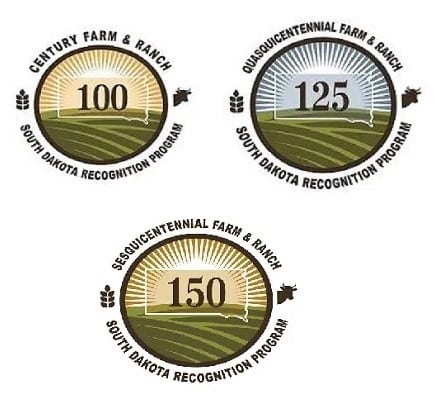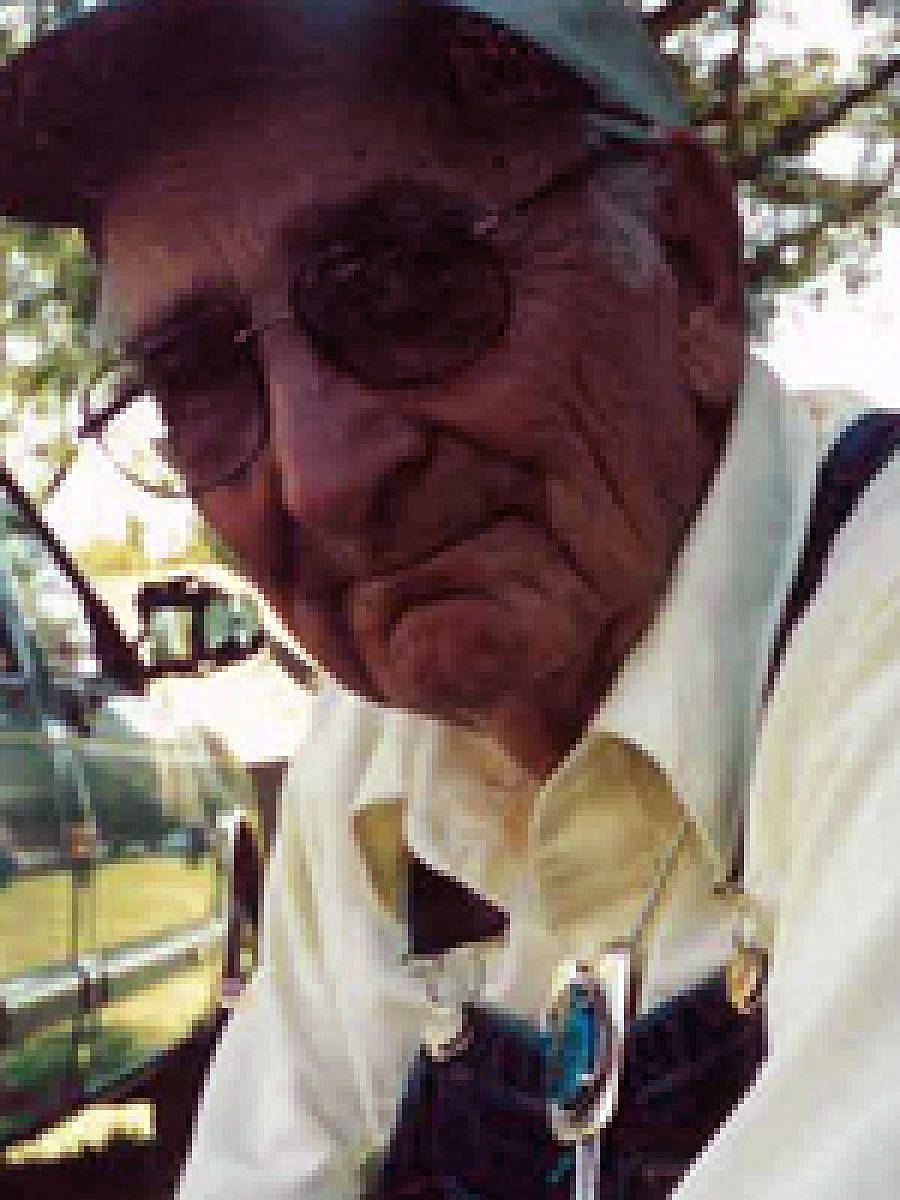PIERRE, SD – After the U.S. Department of Agriculture officials back-pedaled on yet another plan to replace visual tags with radio-frequency tracking for cattle moving interstate, the most pressing question is where does advancing traceability technology go from here?
The industry began the journey almost two decades ago, working with state and federal governments, as well as tribal nations. Since that time, the divisions between policy and production has led to so many variants of animal identification that it’s difficult to know up from down.
But one central thread does remain. A mandatory basis for such a system became law in 2013 with the Animal Disease Traceability (ADT) program.
Unless otherwise exempted, ADT requires that livestock moved interstate be officially identified and accompanied by an interstate certificate of veterinary inspection (ICVI) or other documentation. For beef cattle, the rule only applies to those 18 months of age or older. So, feeder and fed cattle remain exempt.
South Dakota State Veterinarian Dr. Dustin Oedekoven talks about the most recent developments that had set a deadline for the use of radio frequency identification (RFID) tags by 2021.
“Recently, USDA has pulled back from that time-line. My understanding is that they will seek public comment,” says Oedekoven. He adds, “I think they will allow the reading of the metal tags for the life of the cows those tags are already on. That’s a good idea.”
He says USDA will be announcing a new time-line for RFID implementation and will allow comments from stakeholders.
“I look forward to the comment period and having some input on that from the livestock industry,” says Oedekoven. “In particular I think it will be helpful to hear from the auction markets, from the cow/calf sector, and from the multiple people who are affected.”
Oedekoven says the metal ID tags have been effective in South Dakota in tracing the source of animal diseases like tuberculosis in cattle. However, he thinks RFID tags will be more effective.
“RFID is the next step to help us improve accuracy being able to read those identification tags faster so that livestock can move faster through points of concentration like livestock markets
He says RFID tags are only used for animal health and don’t contain export or food safety information or other sensitive material that was a concern of the cattle industry.
According to the American Veterinary Association, moving from simple metal identification tags to tags that allow electronic scanning and tracking is the most essential step in strengthening tracking abilities, giving animal health officials abilities to find animals and determine their travel histories in hours rather than weeks or months.
Meanwhile, ranchers in Washington state can now report cattle sales online, providing they use electronic ear tags, a way of tracking livestock but resisted by some producers as labor intensive and intrusive.
The state Department of Agriculture touts “electronic cattle transaction reporting” as cheaper and easier than calling out a state inspector to verify ownership.
The system was launched in November. “It looks as simple as ordering something on Amazon,” said Danny DeFranco, executive vice president of the Washington Cattlemen’s Association.
CURRENT USDA ANIMAL IDENTIFICATION SYSTEM
Currently the USDA provides the orange metal tags free of charge. These metal tags are attached at the time of bangs vaccination primarily onto breeding age cattle that travel interstate, with some exceptions.
In South Dakota, the metal tag numbers along with brand information is stored in a data base located at the state veterinary office in Pierre. These two modes of identification are then used to track and trace any disease threats that the state may encounter.
The orange metal tags were developed when brucellosis was a serious disease threat, according to Oedekoven. Since 2000 South Dakota has been free of that disease which means that there is less of a reason to continue vaccinating for brucellosis






















